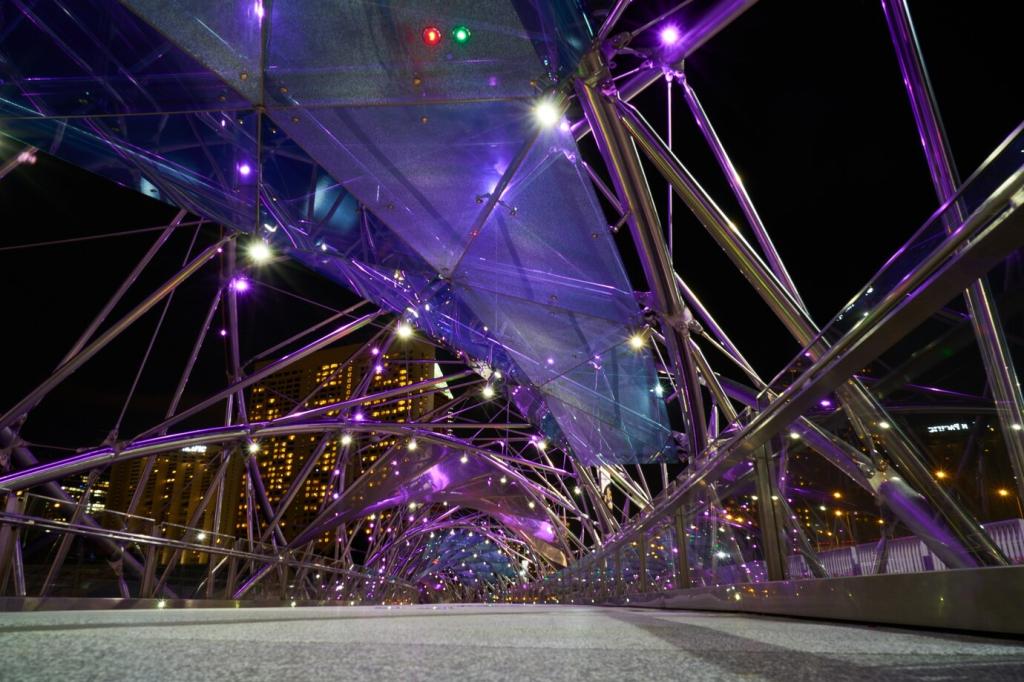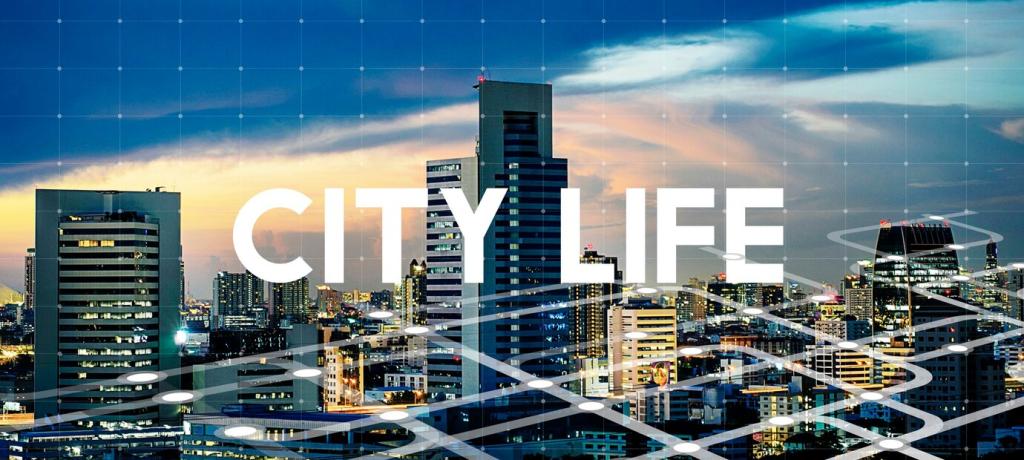
Water Conservation Techniques in Urban Planning
Water conservation has become a critical consideration in urban planning due to increasing urbanization, climate change, and burgeoning populations. Cities worldwide face mounting pressure to manage water resources efficiently, reduce wastage, and ensure sustainable supply for current and future generations. Integrating water-saving strategies during the urban planning process not only addresses environmental concerns but also supports economic growth and improves public health. This page explores a range of effective water conservation techniques that urban planners and municipalities can implement to transform cities into resilient, sustainable environments.
Integrating Water-Efficient Infrastructure

Smart metering systems play a crucial role in monitoring water consumption and detecting leaks throughout urban infrastructure. These advanced meters provide real-time data to both utilities and consumers, enabling better management of water use. Planners who advocate for city-wide adoption of smart metering help identify wastage, prompt quick repairs of leaks, and raise public awareness about personal water usage habits. In the long run, this technology contributes to significant reductions in both municipal and household water wastage.
Innovative Rainwater Harvesting Solutions
01
Rooftop Rainwater Collection Systems
Rooftop rainwater harvesting involves the capture and storage of rainwater directly from building roofs. This water can be filtered and reused for various non-potable applications such as irrigation, toilet flushing, or cooling systems, reducing reliance on municipal supplies. Urban planning codes that require or incentivize rooftop harvesting systems in both residential and commercial developments make it possible for cities to maximize use of rainwater as a sustainable resource.
02
Urban Cisterns and Storage Reservoirs
Integrating large-scale cisterns or underground reservoirs within urban designs allows for the storage of rainwater collected from streets, parking lots, and other impervious surfaces. These storage solutions can be strategically placed beneath parks or plazas, providing a substantial backup water supply during dry seasons or droughts. Properly managed urban cisterns not only aid in water conservation but also help mitigate flooding and improve stormwater management.
03
Community-Driven Harvesting Initiatives
Community engagement is crucial for the success of rainwater harvesting projects. By organizing educational programs, providing incentives, and supporting neighborhood-scale initiatives, cities can empower residents to participate in conservation efforts. Well-structured community projects can include the distribution of low-cost rain barrels, rain garden installations, or joint maintenance schemes, fostering a culture of water stewardship and ensuring the long-term adoption of harvesting practices throughout urban areas.
Decentralized greywater systems treat and recycle wastewater on-site at the building or block level, supplying water for uses such as landscape irrigation and toilet flushing. Such systems are particularly effective in high-density residential or mixed-use developments, where the volume of recoverable greywater is high. By making decentralized greywater recycling a standard component of new construction, urban planners can ensure that water is used as efficiently as possible throughout city buildings.
